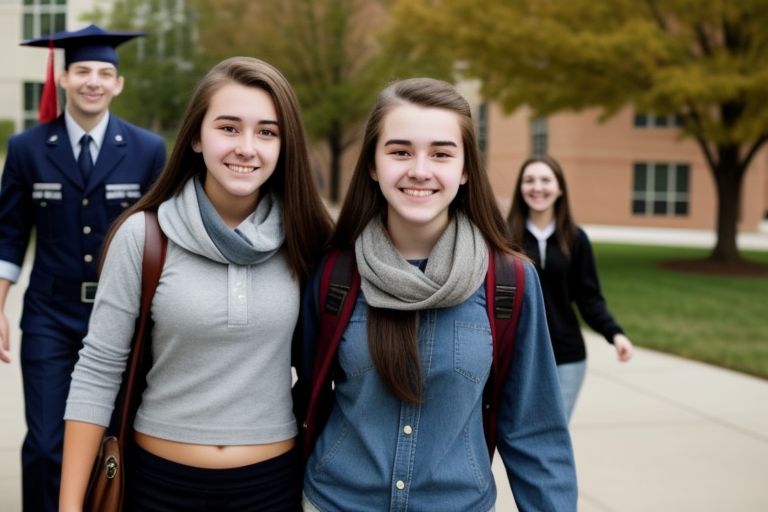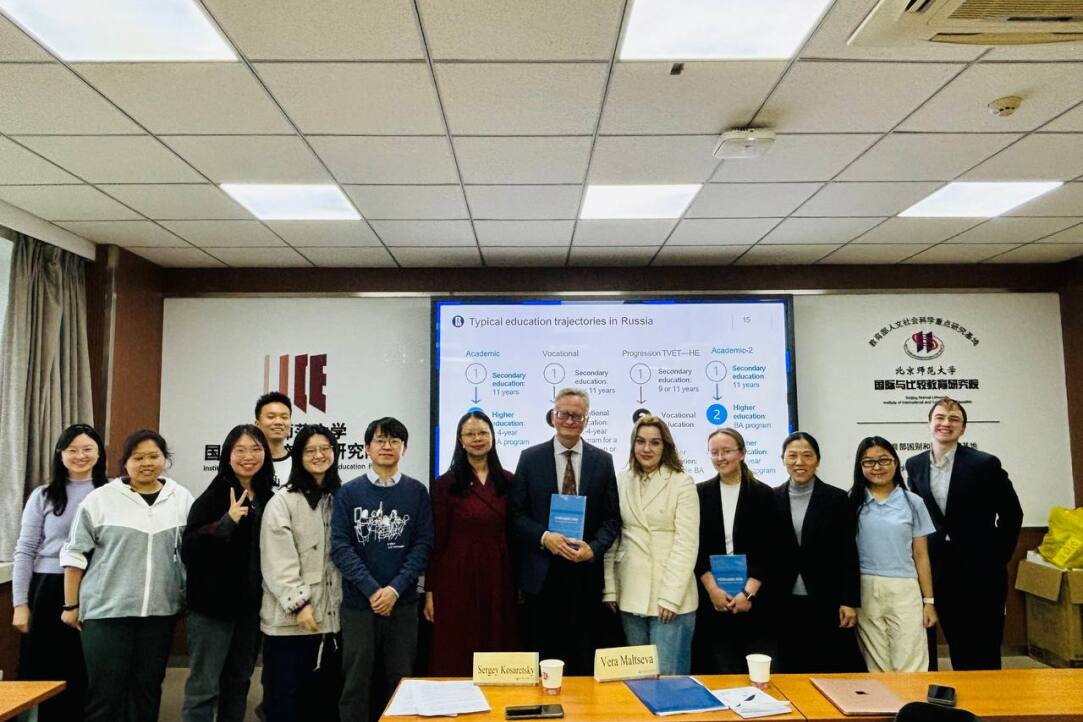Established in 2012, the Institute of Education (IOE) is one of the key R&D units at the National Research University Higher School of Economics, the leader of the QS Rankins in Education Russia.
At IOE, we research, train, and network to craft a better world through better education. Our supreme commitment is to contribute to robust, evidence-centric policy and practice so everyone benefits from positive change in education and development.
We boast world-class expertise brought by 250+ research and teaching faculty, including academics of international renown, who have diverse backgrounds and are into various scholarly strands.
Our R&D portfolio comprises a vast range of projects—including high-caliber partnerships with QS top-rank institutions and global policy powerhouses—that cut across educational realms.
Events

19 Aug 24 Aug
-

23 Oct 25 Oct
Featured Events
Summer Schools
May to August
Sharpen your edge, unlock new research vistas, and build up your network with IOE International Summer Schools
Featured Events
RHEC International Russian Higher Education Conference
October
A leading global venue to share the latest and most relevant research insights into higher education and beyond
Featured Events
Research & Development in Education, a seminar series
Weekly
A series of weekly seminars that foregrounds topics central to modern educational research, policy, and practice
Education & COVID-19
News



Publications
-
Book
Science. Technology. Innovation: 2024 : Pocket Data Book
This pocket data book contains main S&T and innovation indicators for the Russian Federation. The publication includes the most recent statistical data on R&D input and output, as well as international comparisons. The data book includes information of the Russian Federal State Statistics Service (Rosstat), Ministry of Science and Higher Education of the Russian Federation, Russian Federal Service for Intellectual Property (Rospatent), Organisation for Economic Co-operation and Development (OECD), European Statistical Office (Eurostat), UNESCO, World Intellectual Property Organisation (WIPO), national statistical offices of other countries, and results of methodological and analytical studies of the HSE Institute for Statistical Studies and Economics of Knowledge. In some cases, 2022 data are preliminary.
National Research University Higher School of Economics, 2024.
-
Article
What explains trust in online mental health therapy provision platforms? An online descriptive survey
Background
Currently, there is an increased interest in providing mental health care through digital devices and
services, and the demand for these services is growing.
Objective
In this study, we considered the phenomenon of trust in online consultations, and the factors
affecting this trust, within a Russian context.
Methods
An online survey was conducted using Google Forms in May 2023 and the data were analyzed
using SPSS. All the participants were students from Moscow universities aged from 18 to 35 years.
The final sample consisted of 203 students, of which 154 (75.9%) were women, 44 (21.7%) were
men, and five (2.5%) preferred not to specify their gender.
Results
We found that students had a high level of trust, which depended on personal factors, such as
experience, socio-economic status, and age, and contextual factors, such as geographical and
temporal independence, price of the session, availability of recommendations, popularity of the
platform, and the level of technical equipment.Digital Health. 2024.
-
Book chapter
Equality and Inclusion in Russian Secondary Education: Post-Soviet Policy Analysis
This chapter is devoted to the analysis of the design and implementation of the state policy of the Russian Federation in the field of inclusion and equity in education over the past 30 years (i.e., the post-Soviet period) in secondary education. The analysis covers legislation, conceptual policy documents, and programs at the national level. We discuss how the principles of inclusiveness and equity in education are institutionalised in the state regulation system. We considered which categories of children were identified as groups at risk of limited access to educational resources and educational exclusion and became target support groups. We demonstrate in which areas success has been achieved and how the limitations of a policy’s effec-tiveness relate to overall progress in institutional reforms. The presented case may be interesting to other countries, especially countries in transition facing a growing wealth gap, rising poverty, and migration processes.
In bk.: Inclusive education in the Russian Federation: Scoping International and Local Relevance. Springer, 2024. Ch. 3. P. 29-53.
-
Working paper
Mapping Sociology of Mental Health and Illness Articles in American Sociological Review
Using two samples of research articles published between 1936 and 2024, I map the topic structure of the sociology of mental health and illness in the American Sociological Review (ASR) journal. One sample has 116 articles on the sociology of mental health and illnesses, and the other contains 13,645 papers published across all topics since the journal’s founding. To achieve this, I used word co-occurrence networks with several other Bibliometrix package modules to investigate four study questions: 1. What percentage of articles included in ASR are from the sociology of mental health and illness, and has this percentage evolved over time? 2. Out of all journal articles, how often is this kind of research cited? 3. What fields of research does the sociology of mental health and illness cover now? 4. How has the scientific discourse on the sociology of mental health and illness changed over time? The results of this study show that, despite making up a tiny percentage of publications, the share of journal articles on mental health and illness in ASR began to increase yearly in 1999. Additionally, the sociology of mental health and illness publications frequently receive more citations than conventional journal articles. In conclusion, until 2015, articles on social ties had a significant impact on the corpus of papers on the sociology of mental health and illness in the journal; articles on families, however, were cited almost continuously over time, and starting in 2016, articles on race began to have an impact.OSF, 2024
Contacts
Email us: ioe_hse@hse.ru
- Russia, 101000, 16 Potapovskiy Pereulok, Building 10.
- Underground Stations: Lubyanka, Turgenevskaya, Chistye Prudy, Sretenskiy Bulvar.
Office of IOE Director Evgeniy Terentev:
+7 (495) 623-52-49.
Graduate School of Education:
Tel: +7 (985) 386 6349, 8 (499) 877 5471
Media & Communications Office:
Albert Istomin
tel: + 7 (495) 772 9590, ext. 22839